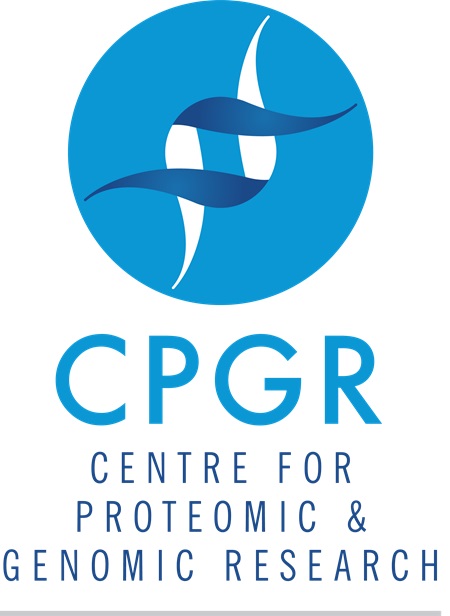Isolation and Identification of archaeal methanogens found in biodigesters fed by cattle dung using molecular techniques and biochemical techniques.
Ndifelani, N.*
Department of Biochemistry and Microbiology, University of Venda, Thohoyandou, Limpopo, South Africa
Methanogens are archaeal anaerobic prokaryotes that use hydrogen to convert carbon dioxide, acetate, and a range of methyl compounds into methane. These extremophiles belong to the third domain of life and differ from bacteria in terms of 16S rRNA sequences, metabolic properties, transcription, and translation mechanisms. However, they do share some characteristics with eukaryotes. The mcrA or 16S rRNA gene sequences are used to determine the molecular diversity of methanogens. Cattle dung from the inlet and outlet (sludge) will be collected from the biodigester at University of Venda. The samples will be cultured and isolated of which their genomic materials will be extracted. Optical and fluorescence microscope will be used for identification of methanogens isolated based on their colour and morphology. RT-PCR and NGS will be done to determine the species of which the methanogens belong. At the end of this study, the genomic materials of methanogens extracted from the inlet are expected to be different from the outlet due to the process of methanogenesis. Mitigation of methane emissions is to be achieved since cattle dung will no longer be left unattended producing methane on the environment and soil contamination will decrease as methane will be preserved.
Keywords: methane, methanogens, 16S rRNA, RT-PCR, NGS
